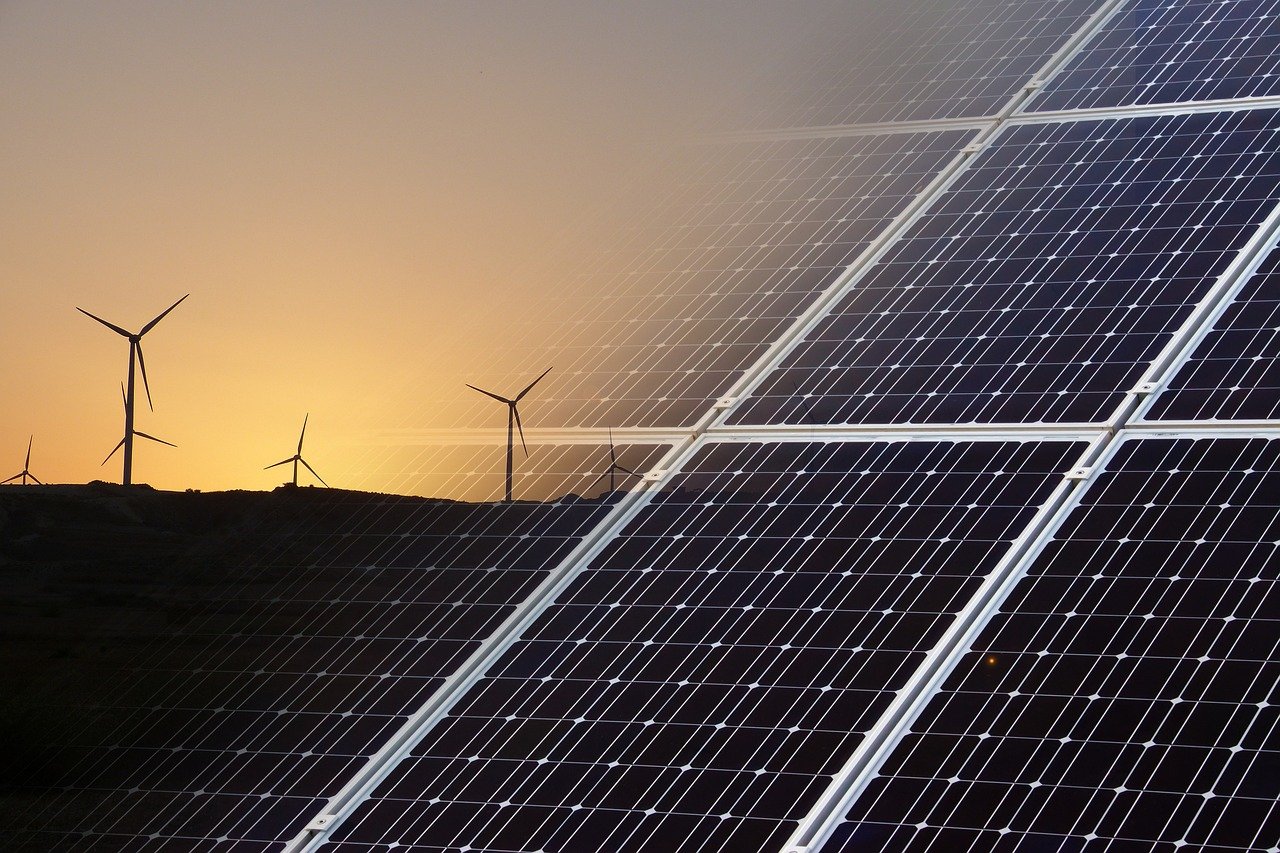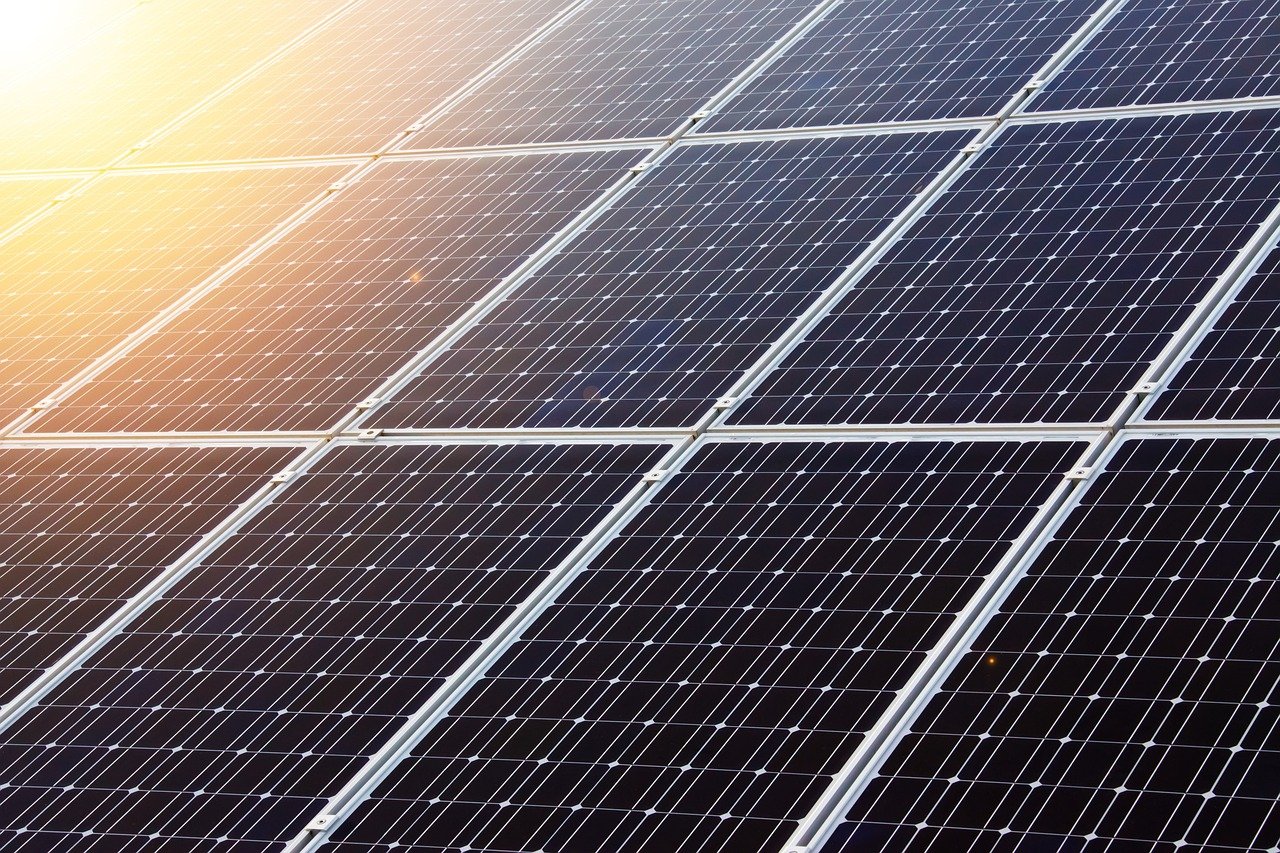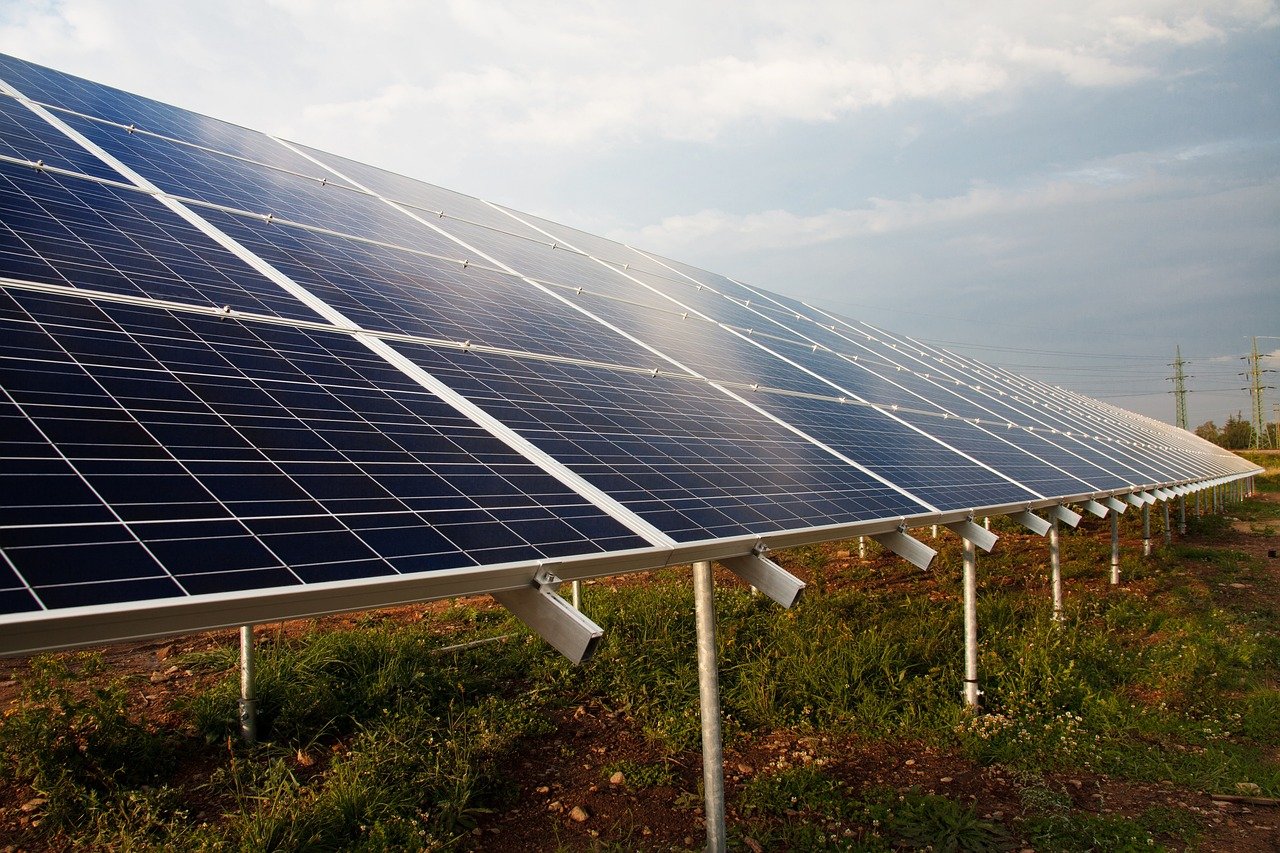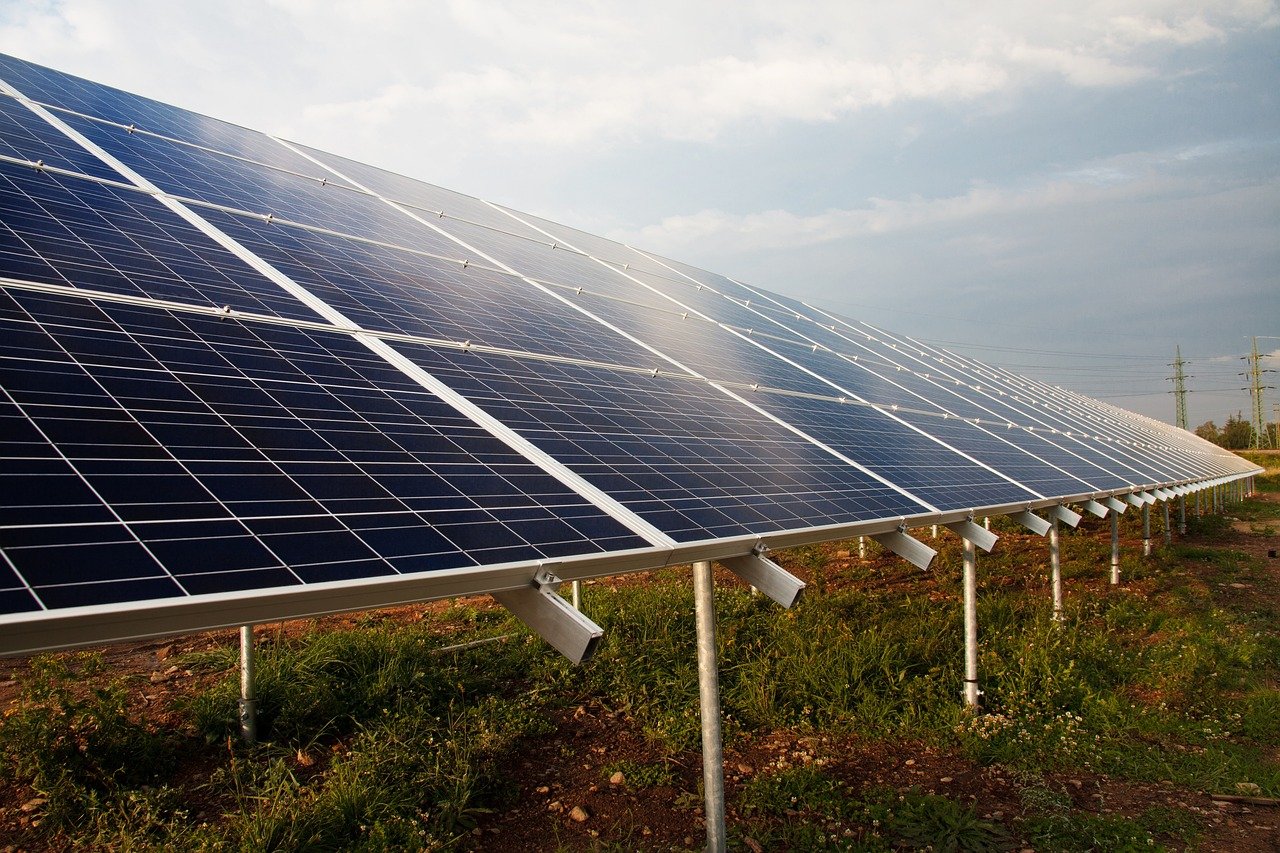If you’ve found yourself wondering if solar panels can function without sunshine and how exactly they manage to store and use the energy they collect, then you’re in the right place. “Understanding How Solar Panels Work Even When the Sun’s Not Shining” is an insightful piece packed with enlightening information that will answer all your queries. You’ll uncover the ingenuity behind solar power technology and the secrets of how these panels continue to serve your energy needs even when the sun’s not in sight. Your knowledge will broaden as you explore how solar panels can efficiently harness and store energy for later use, ensuring that your home or business never runs out of power. Prepare yourself to be amazed by the power of this sustainable and versatile energy source.

The Basic Science of Solar Panels
Solar panels, or solar modules, are technology’s answer to harnessing an infinite supply of energy from the sun. This jewel of renewable energy sources relies on a seamless blend of science and technology. Let’s explore it further.
Understanding solar energy conversion
Solar energy conversion is exactly what it sounds like. Solar panels act as a medium to convert sunlight into electricity through a process known as photovoltaic effect. They absorb sunlight and generate a flow of electricity out of it. Quite fascinating, isn’t it?
Components of a solar panel
A solar panel is composed of several smaller units called photovoltaic cells. These cells, containing two layers of semi-conductor material like silicon, contribute to the conversion process. Other components include metal conductive strips to transfer electricity, anti-reflective coating for absorption enhancement, and a protective layer of glass.
How light becomes electricity
In the simplest terms, when sunlight hits the photovoltaic cells, they excite the electrons and create an electric field across the cell layers. This results in a flow of electric current which is captured for use. This is why it’s called the photovoltaic process – it turns light (photo) into electricity (voltaic).
Can Solar Panels Work When the Sun’s Not Shining
Despite common misconceptions, the Functionality of solar panels isn’t limited to clear, sunny days.
The truth about solar energy at night
Sure, sun’s activity influences solar energy production greatly. However, even when the sun’s not shining during the night, solar panels can still provide power. This is possible due to energy storage systems where the excess energy produced during the day is stored for use at night.
Power generation during cloudy days
Even on a cloudy day, the solar panels can generate power, albeit at a lower efficiency. This is because even diffused or indirect sunlight can still be converted into electricity by the solar panel.
Differences in solar panel efficiency
Efficiency, in simple terms, is how much sunlight a panel can convert into usable electricity. Various factors, including sunlight available, angle of installation, temperature, and type of the panel, can impact its efficiency.
Solar Energy Storage Systems
Having a way to store excess solar energy is one of the most critical aspects of a solar system to ensure round-the-clock power supply.
Importance of energy storage
Storage systems are crucial for times when the panels are not producing energy like during nights or on cloudy days. They store surplus energy generated during peak hours and provide an uninterrupted power supply, maximizing the utility of your solar panels.
Types of energy storage systems
The most popular type of storage system is a battery, specifically the lithium-ion type due to its high efficiency and longevity. Other options include lead-acid batteries, redox flow batteries, and thermal storage systems.
How solar batteries work
Solar batteries store the electricity generated by the solar panels. This electricity can later be drawn from the battery for use. It’s like having your little power station at home.
Grid-Tied Solar Systems
Grid-tied solar systems are a popular choice among homeowners and offer unique benefits and functionality.
Definition of a grid-tied solar system
A grid-tied solar system, sometimes called a grid-connected or on-grid system, is one that is connected to the local utility grid. The excess energy produced by the panels can be fed back into this grid.
How excess energy generates credits
When your system produces more energy than you need, the surplus is sent back to the grid. This typically earns you credits on your electricity bill, a concept often referred to as net metering or feed-in tariff.
The role of the utility grid at night
Since solar panels don’t produce energy at night, the grid becomes especially important then. Users withdrawing power from the grid can utilize the credits earned through their excess energy generation during the day.

Off-Grid Solar Systems
Off-grid systems offer freedom from utility companies and give the user complete control over their power supply.
Definition of an off-grid solar system
An off-grid solar system is not connected to the utility grid and relies solely on solar power and storage systems to meet all your energy needs. It is perfect for remote locations or for those who wish to be energy independent.
Managing power with no utility grid
The key to managing power in an off-grid system lies in having a well-sized solar panel array and enough storage capacity to handle your energy needs. It is also crucial to use energy-efficient appliances and manage power consumption wisely.
Use of batteries in off-grid systems
Since there is no grid to fall back on during non-production hours, batteries take on a critical role in off-grid systems. They store all the surplus energy and supply it as required to ensure a regular power supply.
Capacity of Solar Batteries
The capacity of solar batteries essentially determines the amount of power that can be stored for later use.
Factors influencing battery capacity
Battery capacity is majorly influenced by its size and the power rating. However, other elements like the type of battery, its age, and state of health, and temperature conditions can also impact capacity.
Understanding solar battery lifespan
The lifespan of a solar battery depends on several factors such as the depth-of-discharge, the total number of cycles it can perform, ambient temperature, and the overall maintenance. Typically, solar batteries have a lifespan of around 5 to 15 years.
Risks and drawbacks of solar battery use
While solar batteries are becoming increasingly efficient and cost-effective, potential risks include short lifespan, high upfront costs, environmental impact due to improper disposal and their dependence on certain weather conditions for optimal performance.

Software And Technology Aiding Solar Power
The growth and evolution of solar power also benefit from numerous tech advancements and software tools.
Advancements in solar panel technology
Efficiency plays a big part in advancements in solar panel technology. Today’s solar panels are much more efficient and longer-lasting, thanks to technology. Emerging trends include flexibility and thinness, light absorption capability, and the use of perovskite solar cells.
Importance of monitoring software
Monitoring software helps keep track of how much energy your solar system is producing, its health and performance. It can also predict energy production based on weather forecasts and device state of health. This aids in proactive maintenance and maximizing system yield.
Smart solar systems and IoT
IoT, or the Internet of Things, can provide real-time tracking and automation to optimize solar systems. In combination with AI (Artificial Intelligence), it can deliver enhanced efficiency, easier maintenance, and better integration with other home systems.
Innovations in Solar Energy Generation
Solar energy is continuously evolving, with constant innovations things are looking even brighter for this renewable energy source.
Recent developments in solar technology
From floating solar farms to translucent solar panels and solar paints, recent innovations point towards a more diversified and wide-spread use of solar energy.
Future of solar energy
The future holds exciting prospects in cost-reduction, efficiency enhancements, integrated solar-building materials and emerging technologies like solar-powered cars or solar energy powered space travel.
How innovation aids in power generation during non-sunny hours
Innovations aiming for non-sunny hour power generation include more efficient storage systems, advanced weather prediction technologies and light-sensitive nanotechnology.
Choosing The Right Solar Setup
Choosing the right solar setup involves assessing personal needs, resources and external factors.
Assessing personal energy needs
Start by evaluating your energy needs based on your lifestyle and power consumption habits. This will directly influence the size of your solar panel system and your choice of storage systems.
Choosing between on-grid and off-grid
The choice depends on your lifestyle and location. If you’re in a place where grid access is difficult or unreliable, off-grid systems are ideal. For city living, an on-grid system might be more suitable.
Considering geographical and environmental factors
Geographical location determines the angle and duration of sun exposure, which directly impacts solar panel efficiency. Also, consider weather patterns, roof space and orientation, and local solar incentives.
Understanding The Return on Solar Energy Investment
Finally, understanding the returns on a solar power investment is crucial before making a commitment.
Upfront costs of solar panel systems
Upfront costs may seem high, but with solar panels lasting upwards of 25 years, the cost per unit of electricity over its lifetime is typically lower than traditional power options. The costs consist of solar panels, inverter, batteries, wiring, mounts, and installation charges.
Savings from solar energy
Your saving depends on the local electricity costs, the size of your solar power system, and your electricity usage. With net metering, the savings can be substantial over time. Not to mention, it is free to use the sunlight!
Environmental impact and non-monetary benefits
Solar energy has minimal greenhouse gas emissions and water use, contributing significantly less to climate change than conventional power sources. Plus, energy independence and the satisfaction of reducing your carbon footprint are value-added perks that are hard to quantify.
